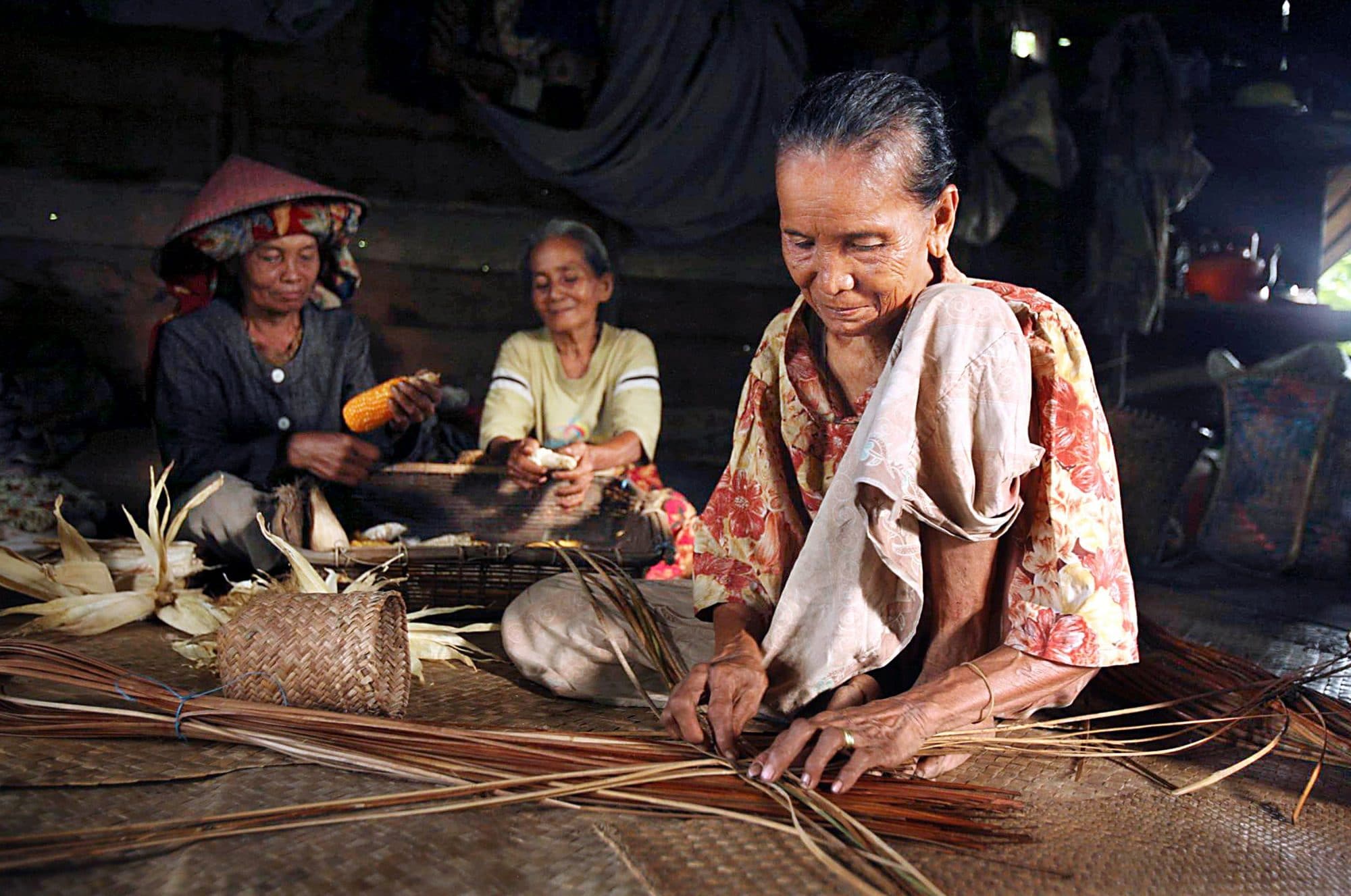Climate Vulnerability and Capacity Analysis of Four Districts in Indonesia
Climate Vulnerability and Capacity Analysis of Four Districts in South Sulawesi, Indonesia
People who live in coastal areas realize that the world that we are living in is not the same as it used to be. Especially villagers, whose livelihoods depend on natural resources, are more sensitive to environmental changes. Scientific research also recorded the trends and forecasted a more intense climate variation overtime, which might lead to increase in disaster risk. During the past four decades, climate related hazards such as floods, droughts, storms, landslides and wild fires have caused major loss of human lives and livelihoods, the destruction of economic and social infrastructures as well as environmental damages in Indonesia. In many parts of the world, the frequencies and intensities of these hazards tend to increase.
This report is based on the implementation of CVCA (Climate Vulnerability and Capacity Analysis) in the Gulf of Bone (Teluk Bone) from November 2011 to April 2012. The CVCA process in the field was implemented by trained field facilitators which were recruited from villages and trained and supervised by CARE`s district facilitators and district government’s technical team. Six Participatory Rural Appraisal (PRA) tools were used to collect information relating to past and current situation of livelihoods, seasons, changes in weather pattern including natural resources and availability of natural resources. The CVCA methodology enables village leaders and community planners to better understand and therefore be able to meet the needs of the vulnerable population in changing environments.
